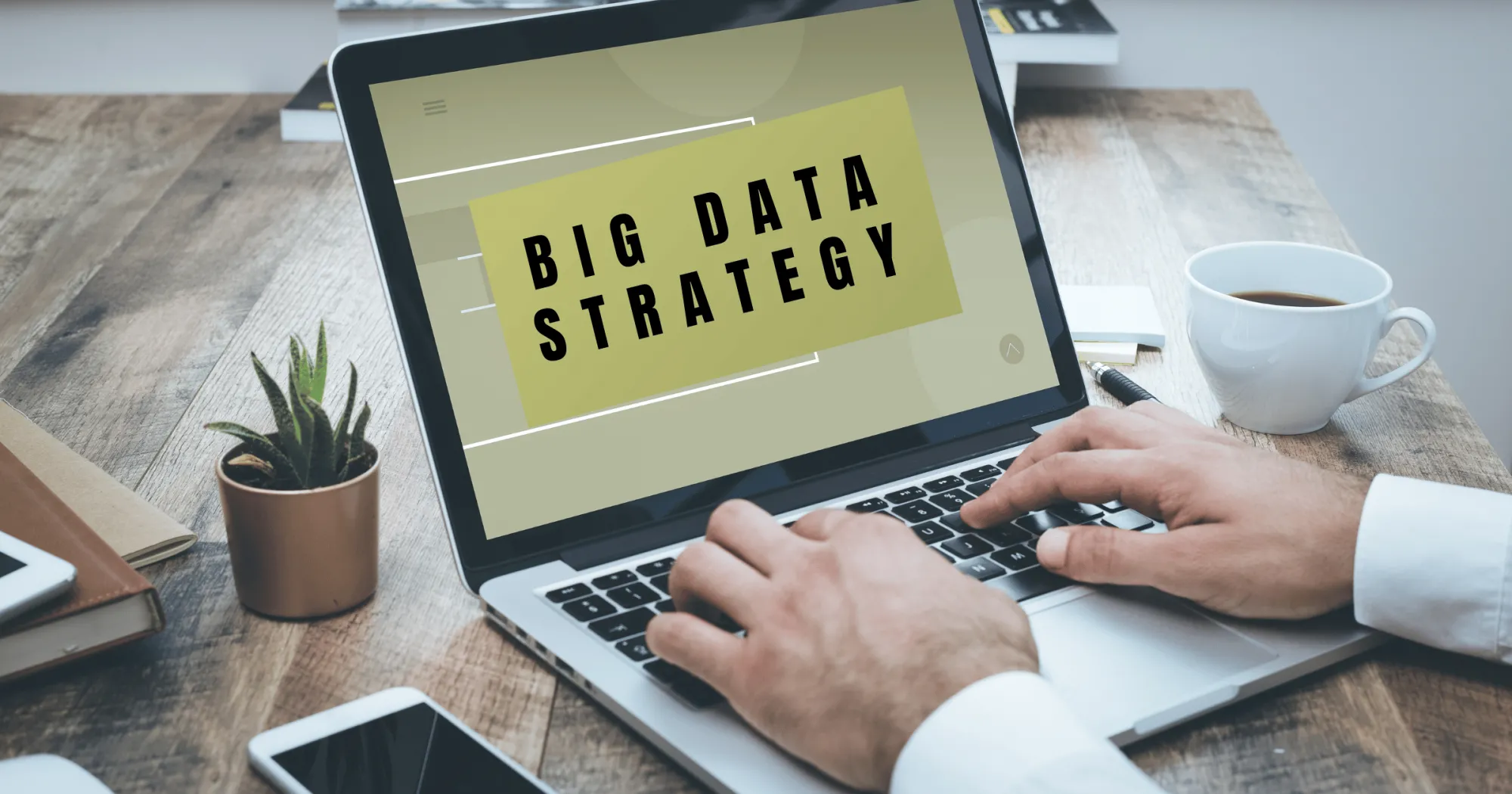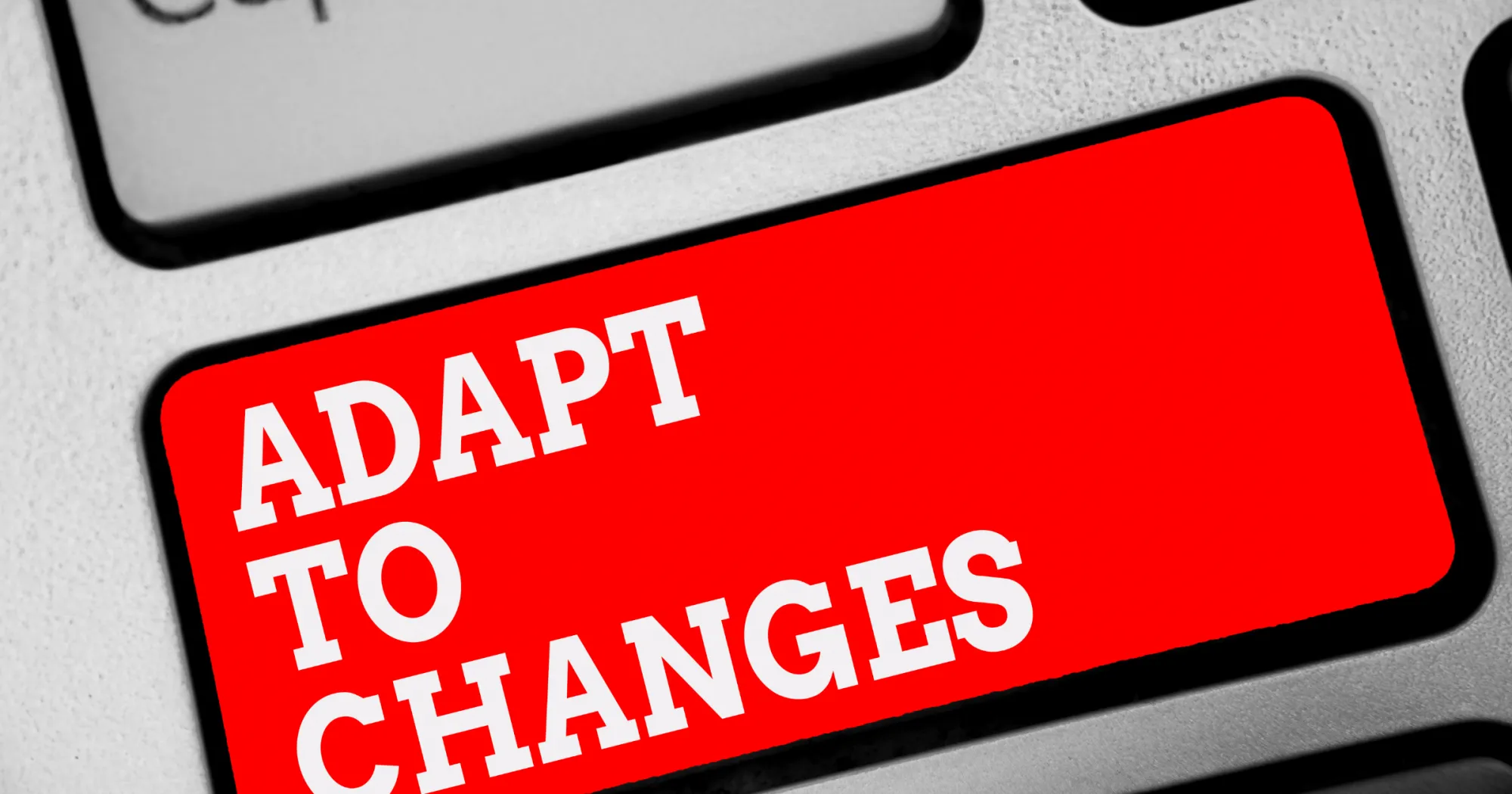Redefined: Strategy in the ecosystem era is the ability to connect value in an ecosystem. In the 20th century, a successful business strategy was defined by the ability to control: control market share, control supply chain, control data, control customers. But in the digital age – where no business can “do it all alone” – control has gradually given way to connection. Strategy today is no longer a game of “who owns more”, but “who connects deeper, faster and smarter”.
From control to connection – a strategic turning point
In classic strategic thinking, a strong business is measured by its power to dominate the value chain: from production, distribution, to the end customer. The more links it owns, the “stronger” the business is. But the reality of the digital age shows the opposite – too much control slows down the adaptation of businesses.

In a world powered by APIs, open data, and platforms, value is no longer about who owns what, but about how it is connected and enabled. A business doesn’t need to do everything itself, it just needs to know where it is in the value network – where it creates value for others and receives value from that community.
Look at how platforms like Google or Apple operate: they don’t sell everything, but they are the center of an ecosystem where thousands of partners coexist to create a complete experience. It is the ability to create this “circle of value” that is the real strategy of the connected age.
Symbiotic Strategy – When Competition Is No Longer the Center
The last century was all about “competitive strategy”: how to be better than your competitors, eliminate them from the market, and capture customers. But in the era of open data and technology, no one is big enough to win alone.
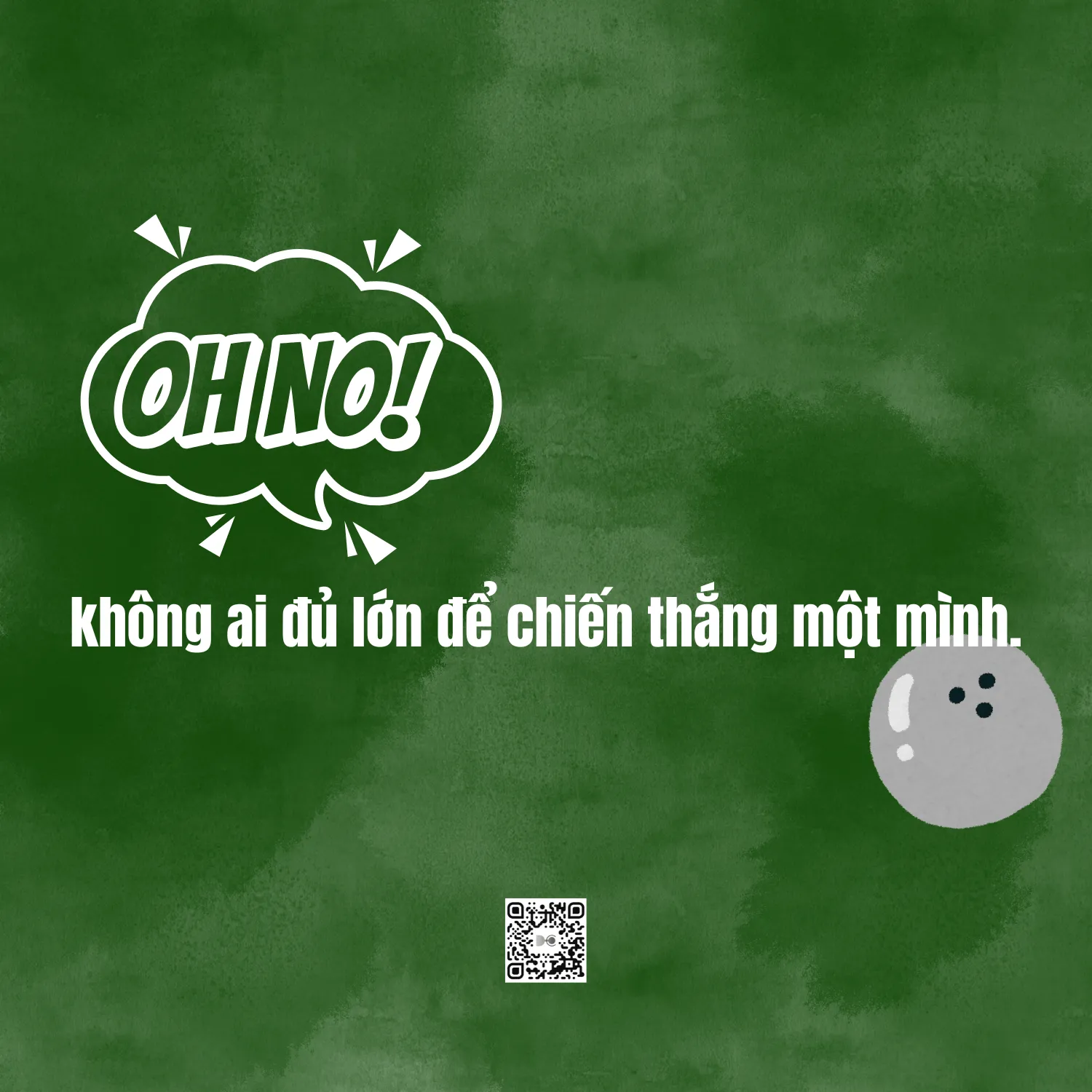
Nowadays, businesses need to shift from a “competitive” mindset to “symbiotic” – that is, knowing how to cooperate to develop together, knowing how to share data, customers, platforms… to expand the common ecosystem.
A clear example is how Tiki cooperates with banks and e-wallets. Instead of building its own payment system, Tiki opens API to connect with a series of partners – thereby creating a seamless shopping journey, reducing payment barriers, and increasing transaction speed. In the opposite direction, banks and e-wallets also benefit from the huge transaction volume and user behavior data that Tiki brings.
It’s not just about technical cooperation, but about a symbiotic strategy – where value is no longer measured by short-term profit margins, but by the ability to maintain a sustainable ecosystem.

APIs and Open Thinking – Tools for a Connected Strategy
In the traditional business model, data is a “closed asset”: confidential, limited to sharing, and used internally only. But in the new ecosystem, data is the common blood. AI, automation, and digital processes only exert their power when data can flow seamlessly between partners.
Companies like Grab, MoMo, or GHTK are proving that APIs are not just technical tools, but strategic platforms. Every time an API is opened, the door is opened for partners to participate in creating value – from logistics, payments, to customer care services.
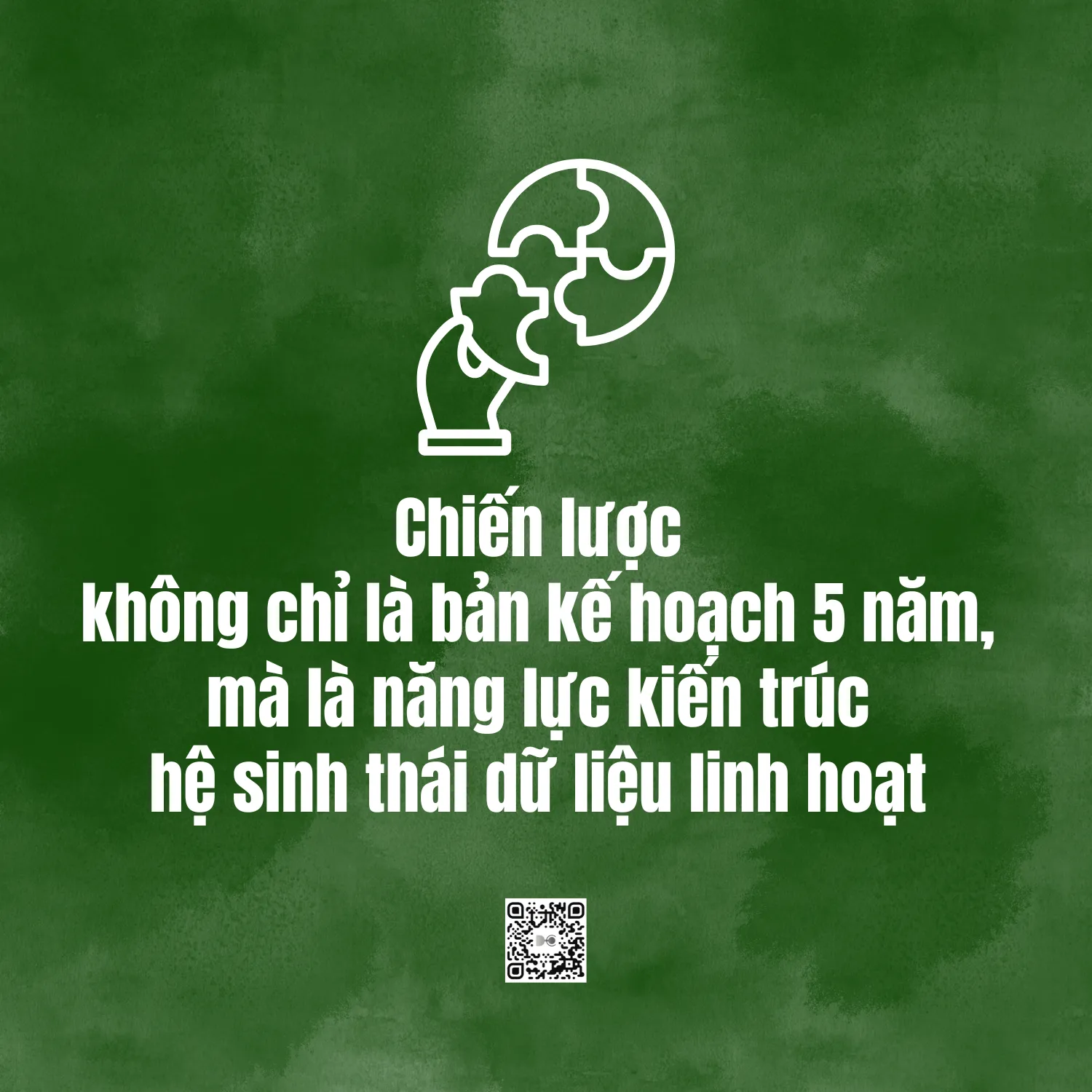
Strategy is no longer just a five-year plan, but the ability to architect a flexible data ecosystem – where each connection creates new value, each data stream helps businesses understand customers more deeply, and each collaboration becomes a “strategic lever” for the future.
Real-life: When “alliance” wins “independence”
A small startup can survive and grow not because of strong finances, but because of its ability to integrate into an existing value network. For example, logistics or payment startups today often build their entire products based on the APIs of larger ecosystems – such as Tiki, ZaloPay, or ShopeePay.
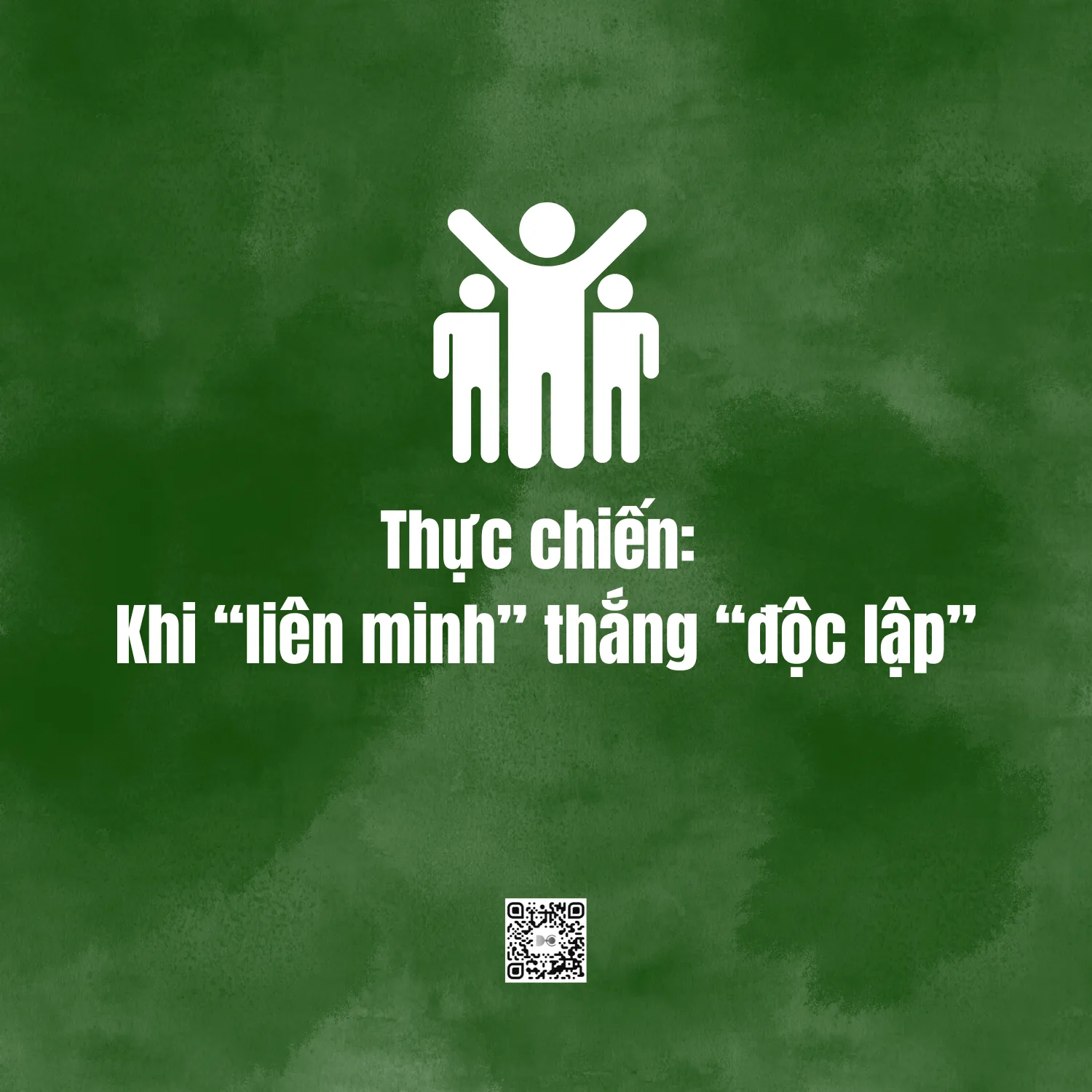
This symbiosis does not make them “dependent”, but helps them to accelerate many times faster than if they had built from scratch. The ability to “choose the right place to connect” has become a new form of competitive ability, instead of financial strength or market share.
Redefining Strategy – From Power to Influence
If the strategy of the last century was about control, today’s strategy is about influence through connection. The more touchpoints a company has, the more trusted it is in the ecosystem, the more influence it has – even if it does not directly own all the resources.

Strategy is therefore no longer a “wall” built for protection, but an open network to spread value. In this context, AI and automation not only help optimize operations, but also act as “smart brokers” – connecting data points, partners, and processes together in a flexible way.







